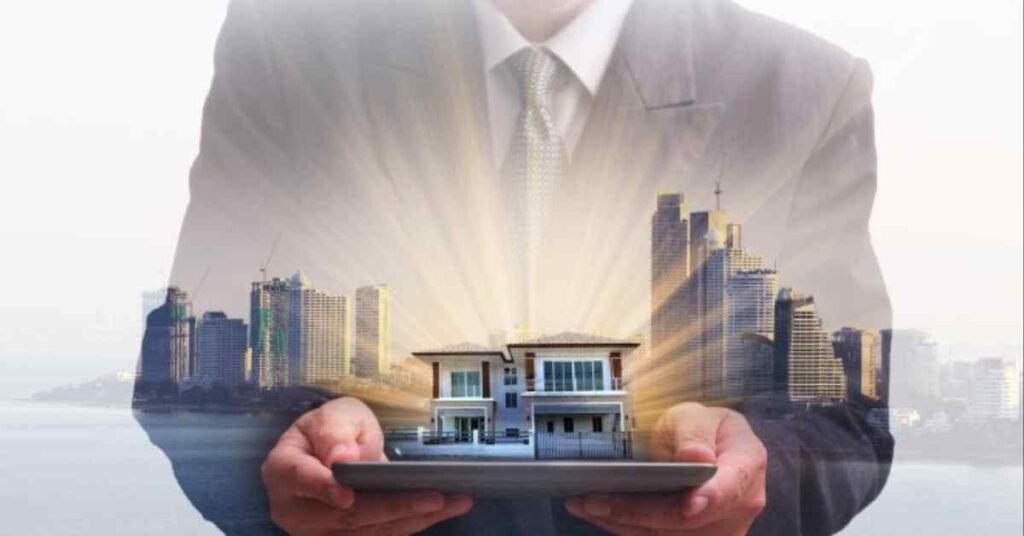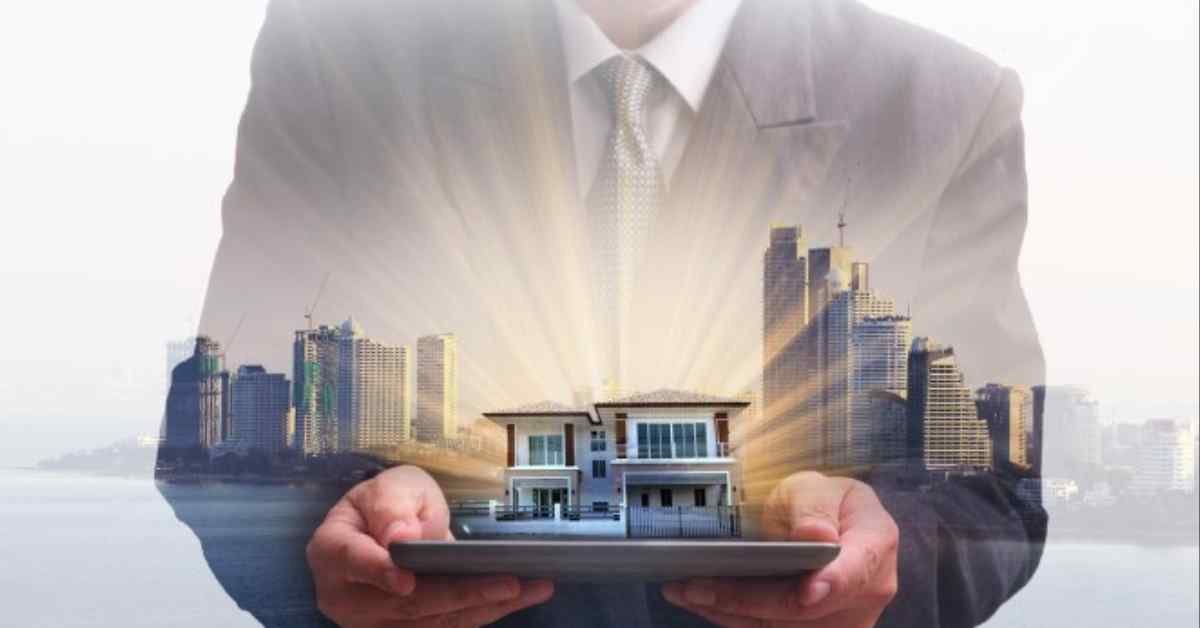Introduction
Overview of First Property Development
First property development refers to the process where an individual or a company embarks on constructing their first property. This can range from residential homes to commercial buildings. It’s a significant milestone that involves various stages, from planning and design to construction and finishing.
Importance of Technology in Property Development
The advent of technology has fundamentally transformed how property development is approached. From improving efficiency to enhancing safety and quality, technology plays a crucial role in every phase of property development. This article explores the various ways technology is revolutionizing first property development, providing a comprehensive guide for new developers.
Historical Context
Traditional Methods of Property Development
Traditionally, property development relied heavily on manual processes and paper-based documentation. This included hand-drawn blueprints, physical site surveys, and labor-intensive construction methods. Communication between stakeholders was often slow, leading to delays and increased costs.
Evolution of Technology in Property Development
The introduction of computer-aided design (CAD) in the late 20th century marked the beginning of technological integration in property development. Over the years, advancements in software and hardware have led to more sophisticated tools such as Building Information Modeling (BIM), drones, and artificial intelligence, transforming the industry.
Types of Technologies in Property Development
Building Information Modeling (BIM)
BIM is a digital representation of the physical and functional characteristics of a building. It allows for the creation and management of information throughout the lifecycle of a project. BIM integrates various aspects of design, construction, and maintenance, enhancing collaboration and reducing errors.
Artificial Intelligence (AI) and Machine Learning
AI and machine learning are used to analyze data and make predictions, optimizing various aspects of property development. These technologies can forecast project timelines, identify potential risks, and suggest cost-saving measures.
Virtual Reality (VR) and Augmented Reality (AR)
VR and AR provide immersive experiences that allow developers and clients to visualize projects before they are built. This technology helps in identifying design flaws, improving marketing efforts, and enhancing client satisfaction.
Internet of Things (IoT)
IoT devices connect various elements of a building to a central system, allowing for real-time monitoring and control. This includes smart thermostats, lighting systems, and security cameras, contributing to the development of smart buildings.
Drones and Aerial Imaging
Drones are used for site surveys, progress monitoring, and inspections. They provide high-resolution images and videos, offering a bird’s-eye view of the construction site, which aids in planning and quality control.
3D Printing
3D printing technology allows for the creation of building components directly from digital models. This can significantly speed up construction times and reduce waste.
Smart Building Materials
Innovations in materials science have led to the development of smart building materials that can adapt to environmental conditions, improve energy efficiency, and enhance durability.
Technical Specifications
Detailed Specifications of BIM
BIM systems typically include features like 3D modeling, clash detection, and data management. They support various file formats and can be integrated with other software used in construction.
AI and Machine Learning Algorithms in Property Development
AI systems use algorithms such as neural networks and decision trees to analyze data. These algorithms can be trained to recognize patterns and make predictions based on historical data.
VR and AR Hardware and Software
VR and AR systems require hardware such as headsets and controllers, along with software platforms that support 3D modeling and interactive experiences.
IoT Devices and Systems
IoT devices include sensors, actuators, and communication modules that connect to a central hub. These devices use protocols like Zigbee, Z-Wave, and Wi-Fi to communicate.
Drone Models and Features
Drones used in property development vary in size and capabilities. Key features include high-resolution cameras, GPS, and autonomous flight modes.
3D Printers and Printing Materials
3D printers used in construction are large-scale machines capable of printing with materials such as concrete, plastics, and metals.
Smart Building Materials and Their Properties
Smart materials include self-healing concrete, phase-change materials, and electrochromic glass. These materials offer enhanced performance and sustainability.
Applications of Technology in Property Development
Planning and Design Phase
Technology enables precise planning and design through tools like CAD and BIM. These tools facilitate accurate measurements, efficient space utilization, and comprehensive project visualization.
Construction Phase
During construction, technologies such as drones and IoT devices monitor progress and ensure quality. 3D printing can produce components on-site, speeding up the process and reducing waste.

Post-Construction Phase
Post-construction, IoT devices help in managing and maintaining the property. Smart systems monitor energy usage, security, and other aspects of the building’s operation.
Smart Homes and Buildings
Smart homes and buildings incorporate various technologies to enhance comfort, efficiency, and security. This includes automated lighting, climate control, and security systems.
Environmental Sustainability
Technological advancements contribute to sustainability by optimizing resource use and reducing waste. Smart building materials and systems improve energy efficiency and reduce environmental impact.
Benefits of Technology in Property Development
Increased Efficiency
Technological tools streamline processes, reducing the time required for planning, design, and construction. This leads to faster project completion and reduced labor costs.
Cost Reduction
Automation and optimization technologies help in identifying cost-saving opportunities, reducing material waste, and minimizing errors, leading to significant cost reductions.
Improved Quality and Safety
Technologies like BIM and drones enhance quality control and safety. They allow for early detection of issues and provide detailed documentation, ensuring high standards are maintained.
Enhanced Collaboration
Digital tools facilitate collaboration among stakeholders by providing real-time access to project data. This improves communication and decision-making.
Better Client Satisfaction
Technologies like VR and AR allow clients to visualize their projects, providing a better understanding and leading to higher satisfaction levels.
Challenges and Limitations
High Initial Costs
The adoption of new technologies often involves high initial costs for purchasing equipment and training staff.
Technological Complexity
The complexity of advanced technologies can pose challenges in implementation and require specialized skills.
Data Security and Privacy Concerns
The use of digital tools and IoT devices raises concerns about data security and privacy, requiring robust measures to protect sensitive information.
Resistance to Change
There can be resistance to adopting new technologies due to comfort with traditional methods and skepticism about the benefits.
Latest Innovations
Recent Advancements in BIM
Recent advancements in BIM include improved interoperability, cloud-based collaboration, and enhanced data analytics capabilities.
Breakthroughs in AI and Machine Learning
AI and machine learning have seen breakthroughs in predictive analytics, natural language processing, and automation, significantly impacting property development.
Innovations in VR and AR
Innovations in VR and AR include more realistic simulations, better hardware integration, and applications in remote collaboration and training.
Latest Developments in IoT
IoT developments include more advanced sensors, improved connectivity, and greater integration with other smart systems.
Cutting-edge Drone Technologies
Cutting-edge drone technologies feature enhanced imaging capabilities, longer flight times, and more autonomous functions.
Advances in 3D Printing
Recent advances in 3D printing include faster printing speeds, more robust materials, and larger-scale printing capabilities.
New Smart Building Materials
New smart building materials offer improved sustainability, better performance under stress, and adaptive properties to changing conditions.

Future Prospects
Predictions for the Next Decade
Predictions for the next decade include further integration of AI, expanded use of robotics, and greater emphasis on sustainability in property development.
Potential Future Technologies
Potential future technologies may include quantum computing for project management, advanced robotics for construction, and more sophisticated smart materials.
Impact on the Real Estate Market
The impact on the real estate market includes increased property values for technologically advanced buildings and a shift towards more sustainable practices.
Future Trends in Smart Cities
Future trends in smart cities involve greater connectivity, integrated urban planning, and the use of big data for efficient city management.
Comparative Analysis
Comparison with Traditional Methods
Compared to traditional methods, technology-driven property development offers greater efficiency, precision, and sustainability.
Comparison with Emerging Technologies
Emerging technologies like blockchain and quantum computing may offer additional benefits and challenges, complementing current advancements in property development.
User Guides and Tutorials
Step-by-Step Guide to Implementing BIM
A comprehensive guide to implementing BIM includes steps such as selecting the right software, training staff, and integrating BIM into existing processes.
How to Use AI in Property Development
Using AI in property development involves data collection, algorithm training, and applying AI solutions for tasks like project management and risk assessment.
Using VR and AR in Property Development
A guide to using VR and AR includes selecting appropriate hardware, developing 3D models, and integrating VR/AR into client presentations and project reviews.
Integrating IoT in Property Development
Integrating IoT involves choosing suitable devices, setting up a central control system, and ensuring data security and privacy.
Drone Operation for Property Developers
A tutorial on drone operation covers selecting the right drone, obtaining necessary licenses, and using drones for site surveys and inspections.
3D Printing for Beginners
A beginner’s guide to 3D printing includes understanding the technology, selecting materials, and using 3D printers for creating building components.
Selecting and Using Smart Building Materials
Selecting smart building materials involves understanding their properties, sourcing reliable suppliers, and integrating these materials into construction projects.

Conclusion
Recap of Key Points
Technology is revolutionizing first property development through innovations like BIM, AI, VR/AR, IoT, drones, and 3D printing. These advancements enhance efficiency, reduce costs, improve quality, and contribute to sustainability.
Future Implications of Technology in Property Development
The future of property development will see even greater integration of technology, leading to smarter, more sustainable buildings and improved processes. Embracing these technologies is crucial for staying competitive and meeting the demands of modern property development.





